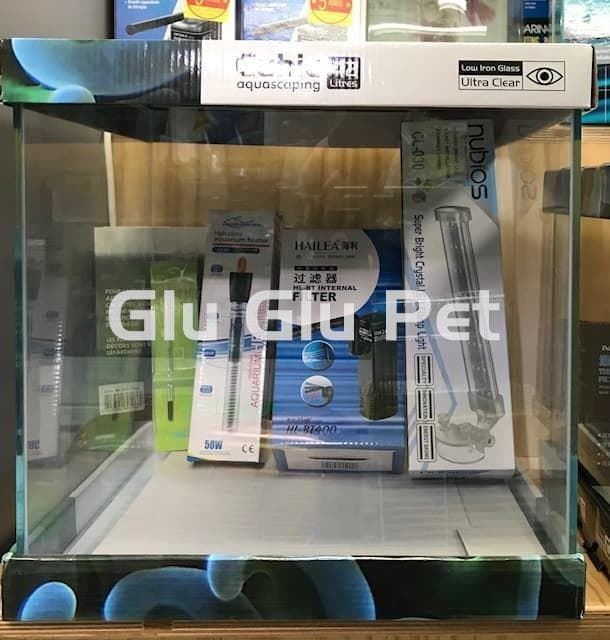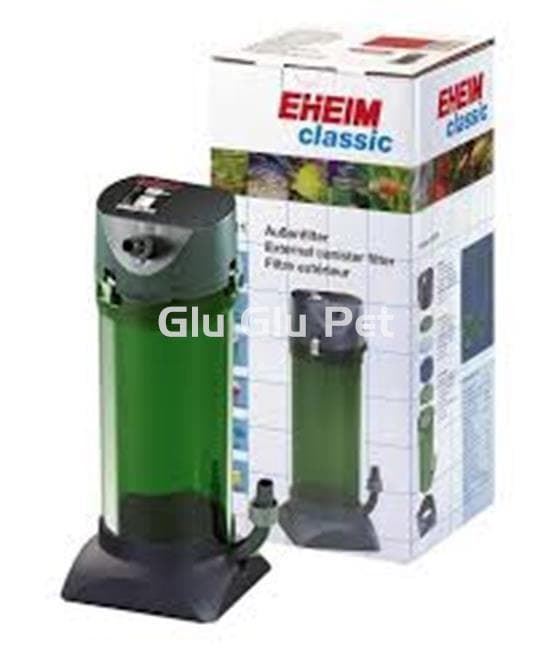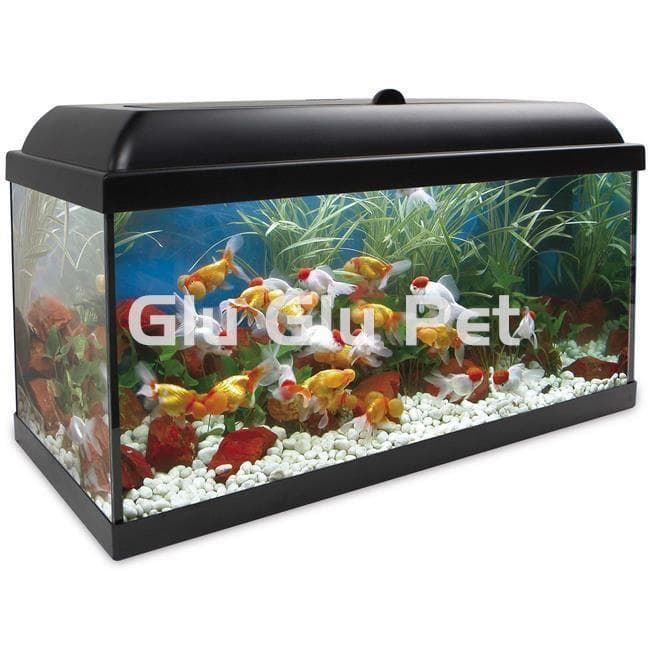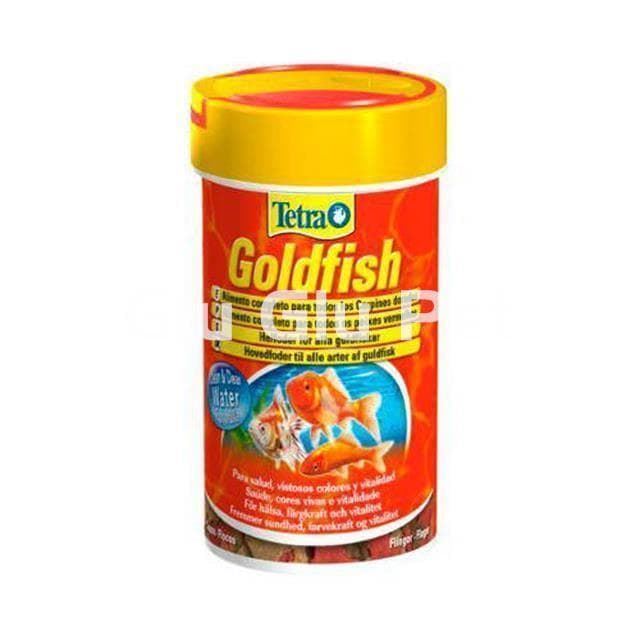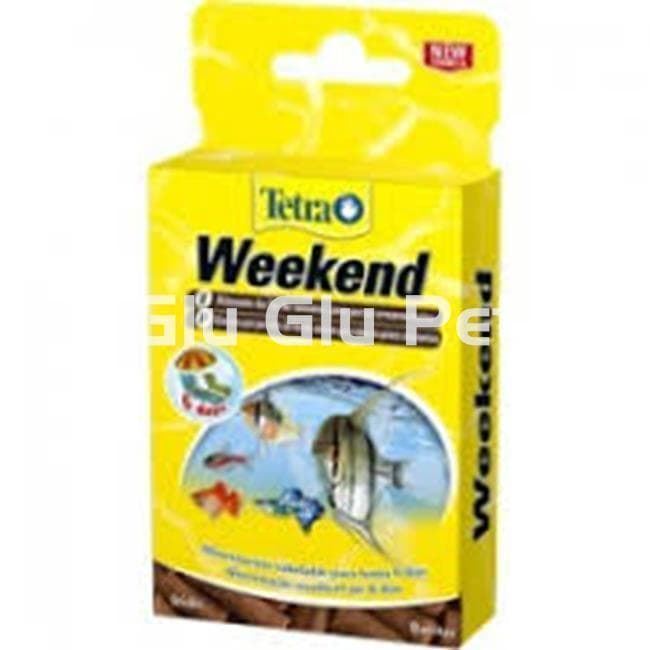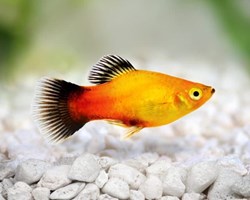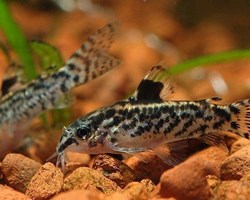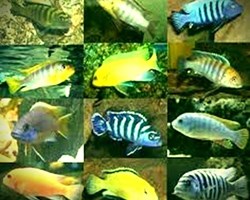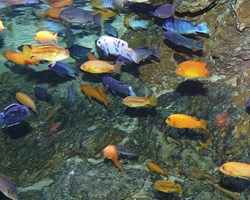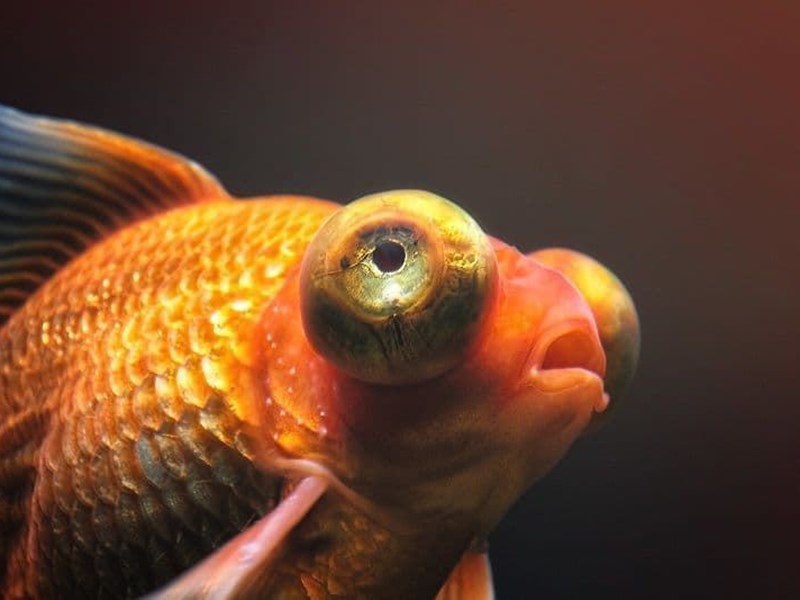
The Telescope fish is a variation or mutation of the famous Goldfish, Carassius Auratus, Red Fish, Golden Carpí, the red carp that we see in hundreds of ponds, throughout the world.
Telescope fish is also known as Ojones fish, due to the main characteristic of its most striking morphology: its bulging eyes.
They have pretty poor eyesight, so they're not good competitors for food.
It is believed that this mutation of Goldfish originated in China, like almost everything that has to do with the Carassius Auratus, around 1700, when they began to be called Dragon Eye Goldfish or Dragonfish, although later they began to be bred in Japan. , where they have been given the popular name of Demekin.
In an aquarium, the Telescope fish does not usually exceed 13 centimeters, although in a pond, or a good-sized aquarium, and with the right conditions, it can reach about 20 centimeters.
Within the Goldfish, it is one of the most rounded fish, it has a certain egg shape, it is plump and chubby.
Its head is the most striking, it is very wide and its eyes, which stand out as if they were two cones, draw our attention.
Interestingly, the eyes do not start to protrude from the head until the fish is about six months old.
There are different colors: blue, chocolate, white, even with mixtures of two or three colors: black and white, Panda Telescope fish, red and white, etc.
As for their morphology, there are some with a caudal tail of a veil, horsetail, butterfly, flowing fins, etc.
One of the most appreciated variants, although it is not the most striking, is the black option of the Telescope fish, although its eyes are not the most protruding.
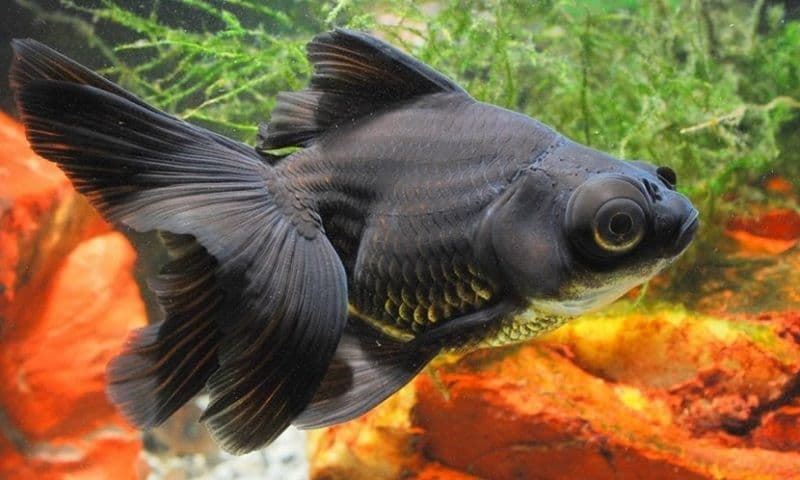
DISTRIBUTION AND HABITAT:
The origin of the gold carp, from which the Telescope fish comes, is in Asia and Central Asia, in stagnant and slow-moving waters of rivers, lakes and ponds.
The Goldfish that we know today, have their origin in China, later passing to Japan and finally to Europe and America.
AQUARIUM CONDITIONS FOR THE TELESCOPE FISH:
Aquariums for Goldfish have a lot to do with the size of the fish.
These fish tend to grow quite large, and also have a high life expectancy, 10 to 15 years or more, so you can start with a minimum aquarium of 40 liters, although ideally a size of at least 80 liters would be better for a specimen adult and as we have more specimens, about 40 liters for each more specimen.
If we want to have 4 fish, the size of the aquarium should be about 200 liters.
They are cold water fish, but that does not mean that we do not have some control over the temperature, which should be between 18ºC and 22ºC, with a pH between 6 and 8.
The Telescope fish, like all Goldfish, produces a greater amount of waste than the rest of the fish, so we must have a good filtering of the water and the aquarium water must be renewed periodically.
The bottom of the aquarium should be gravel.
For decoration, the low visibility of the Telescope fish must be taken into account, elements with edges or protruding points must be avoided, which could accidentally injure it.
A good idea is to add a good amount of plants, although it is usually recommended that they be artificial, because they are fish that usually dig into the substrate and would end up eliminating all the natural plants.
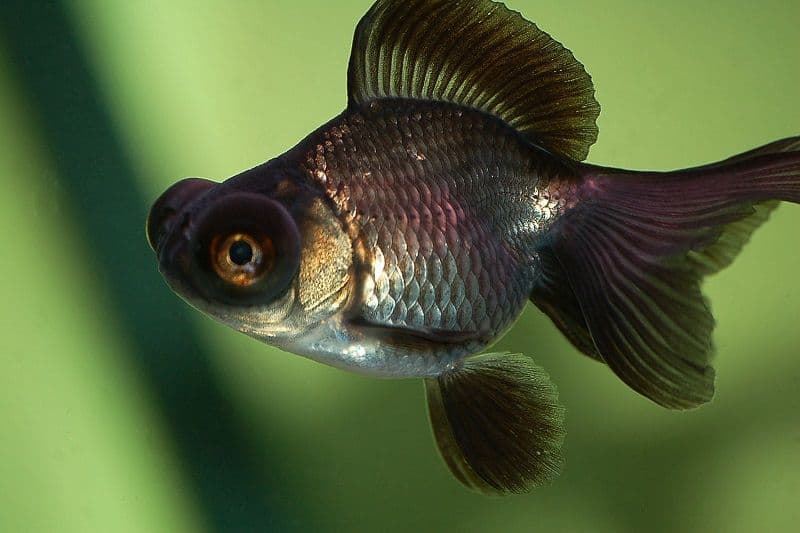
NUTRITION FOR THE TELESCOPE FISH:
They are omnivores, so they accept all kinds of fresh and frozen foods and also those dry products specially designed for goldfish.
To maintain good hygiene in the aquarium, attacks by parasites and infections, it is recommended to use dry food, instead of live food, leaving it for special occasions, such as breeding.
Due to their low visibility, they need time to find their food and finish their meal.
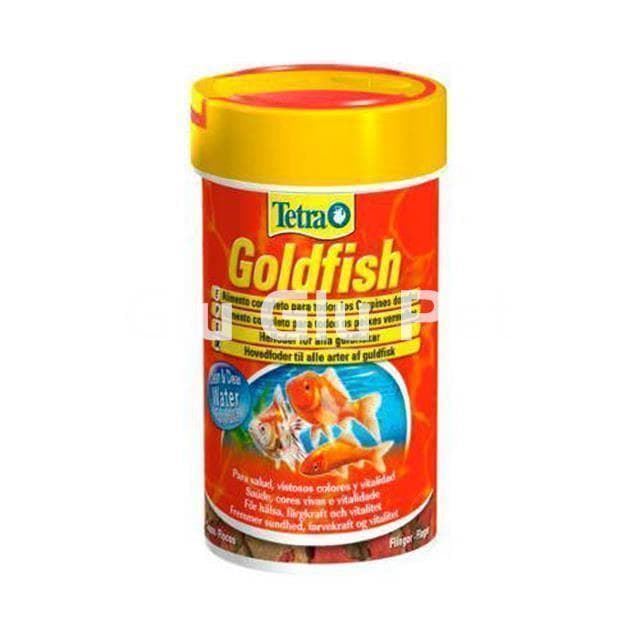
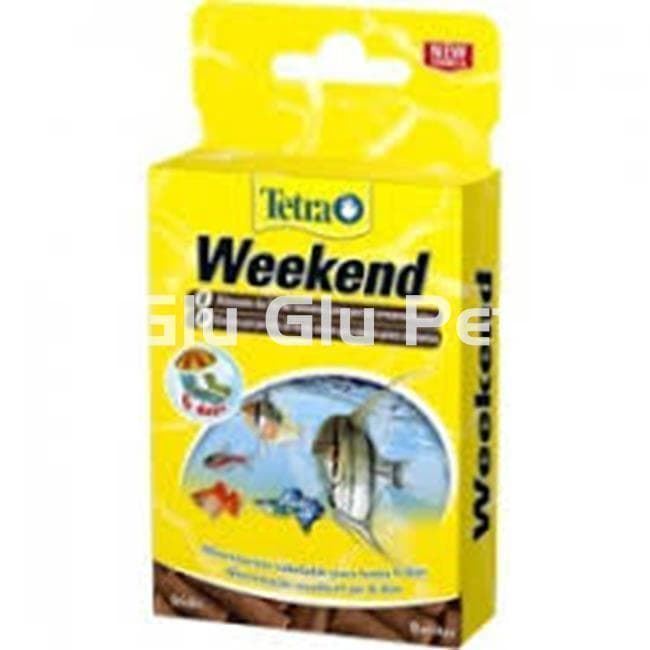
BEHAVIOR AND COMPATIBILITY:
It does not see very well, so it should share space with other similar fish, so as not to have a problem with food.
The fish that the Telescope Goldfish will be perfect with are the Black Moor Goldfish, Bubble Eye Goldfish and Celestial Goldfish, all with a similar vision problem, and with the that will not enter competition.
Unrestricted Telescope Fish Compatible Fish:
- Tetra Neon.
- Apple Snail.
- Ancistrus.
- Nun fish.
- Molly fish.
- Danio Rio.
- female betta.
- Corydoras.
- Tiger Barb.
- Harlequin fish.
- Otocinclo.
- Botia Clown.
- Pearl Gourami.
- Bubble eyed fish.
Fish compatible with restrictions:
- Koi carp.
- Platy.
- drunk.
- Killi.
- Kribensis.
- Climb.
- Ramirezi.

REPRODUCTION OF THE TELESCOPE FISH:
The Carassius auratus reproduce in freedom, only when spring arrives, if we want to reproduce them in an aquarium, we have to imitate the favorable conditions.
To start with the breeding of the Telescope fish, we need an aquarium that has at least 80 liters.
We must provide a suitable environment, which facilitates spawning and provides surfaces where the fish lay their eggs.
For this purpose, bushy plants are usually used, although they can also be made of plastic.
The temperature should be lowered to 11ºC, and then go up 2ºC per day until it reaches 20-23ºC, which is the ideal temperature for spawning.
In the diet we will add foods rich in protein, such as shrimp and worms. They will be fed in small amounts, three times a day.
We will change 20% of the water every day.
Spawning will start when the temperature rises.
The male will chase the female around the tank.
This ritual can last several days, in which we will observe how the color of the male intensifies.
During spawning, the male will turn from side to side and push the female against the plants, causing the female to release her eggs, which will later be fertilized by the male.
Spawning can last between two and three hours.
Once spawning has occurred, it is advisable to remove the adults, as they will eat the eggs.
The eggs hatch between 4 and 7 days after being fertilized.
Once the fry are born, they must be fed with suitable products, until they acquire the appropriate size.
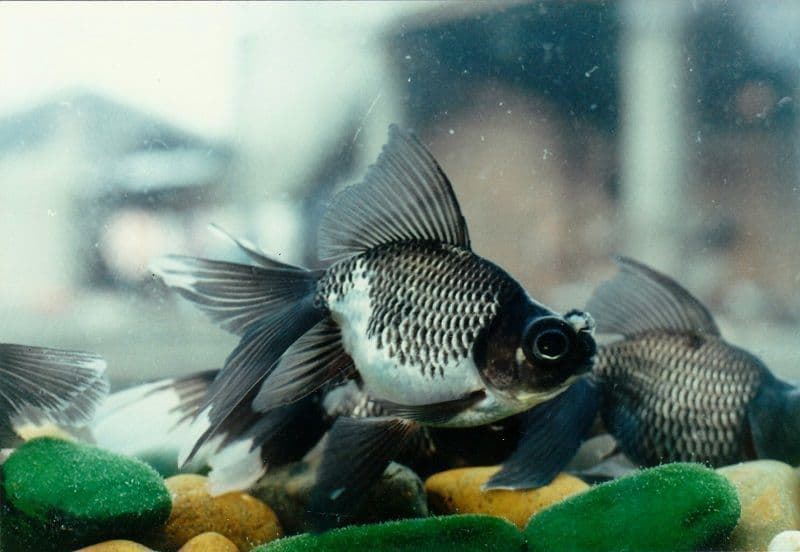
TIPS FOR THE TELESCOPE FISH:
They are fish that swim quite poorly due to their lack of vision, so we should not mix them with other species, with which they have to compete for food.
Their maintenance is relatively simple, except that they dirty a lot and you have to be very careful that the aquarium is clean, to avoid the appearance of any type of disease.
Telescope fish breeding is simple and can be very satisfying.
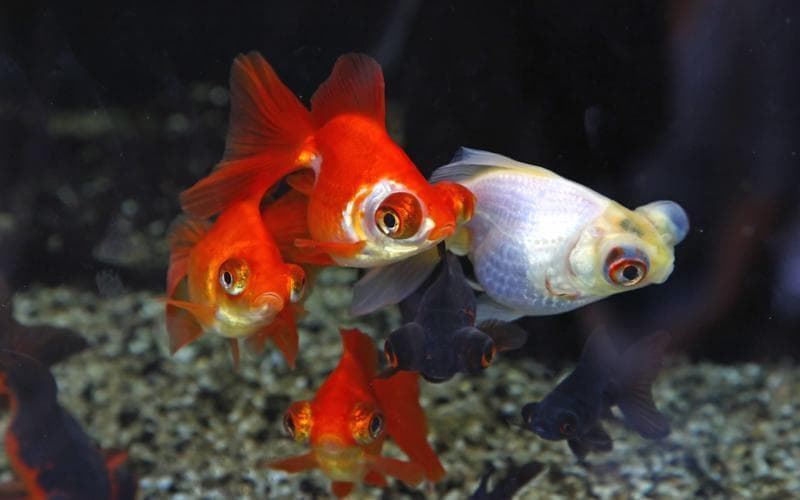
Other articles that might interest you:
- Common goldfish is a popular pet because of its attractive color and how simple its care is, it will allow the animal to live for many years.
- Goldfish, the best known cold water red fish in the world.
- Red lionhead fish, one of the most popular varieties of glodfish.
Important products for your care:
- BLAU KIT CUBIC 42.
- HAGEN NANO AQUARIUM FLUVAL FLORA 30L.
- 100L aqualed aquarium kit with Optimus filter (ICA) .
- External or glass filters.
- TETRA GOLDFISH.
- TETRA weekend.
